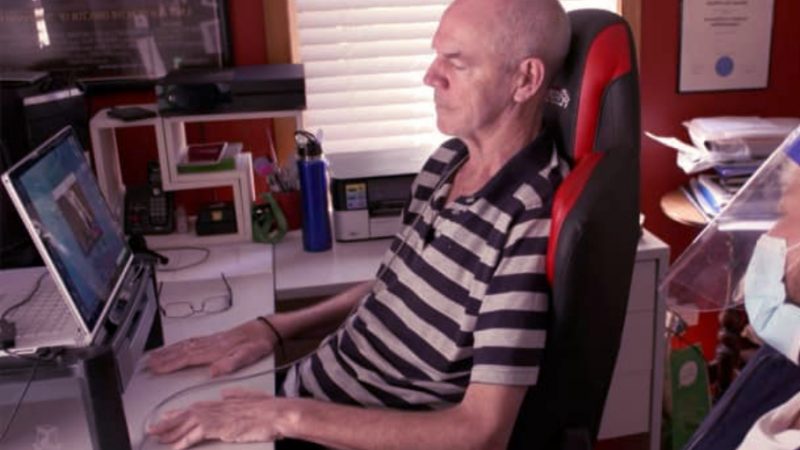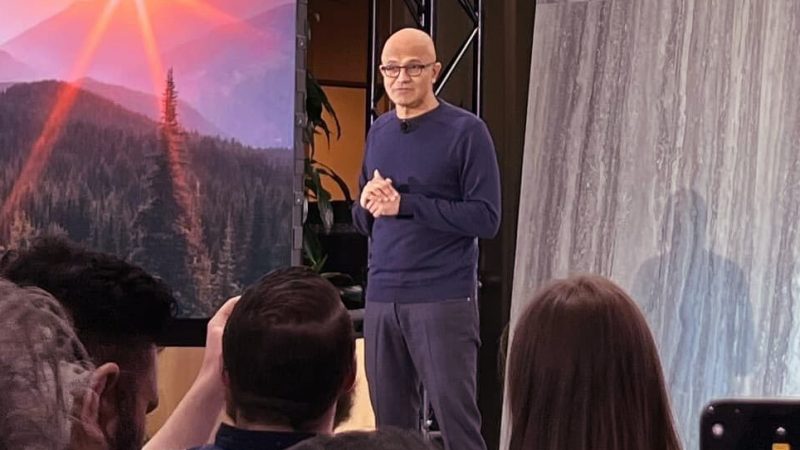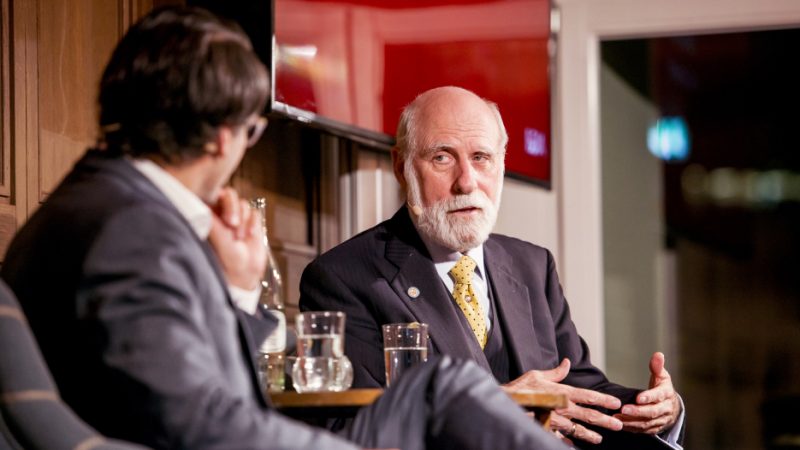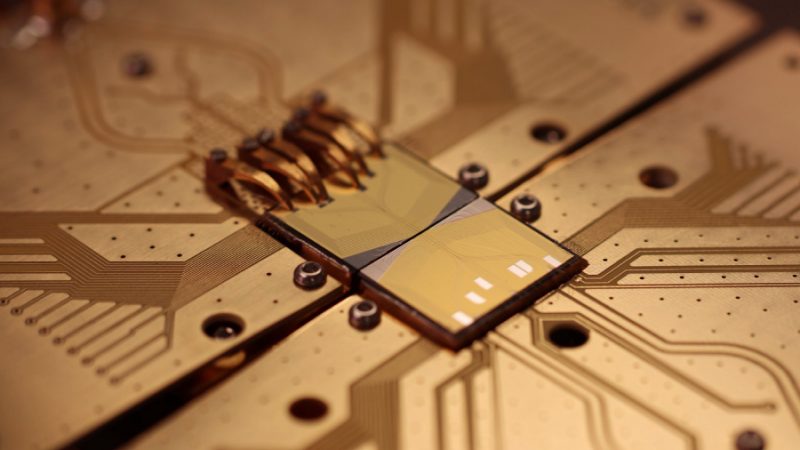Brain-Like Computing at the Atomic Scale Is Possible
Researchers demonstrated new material properties by extensive experimental characterisation supported by multi-scale modelling. This includes predictive modelling at the quantum level of molecular structures and analytical mathematical modelling of electrical data.
The researchers used fast electron transfer (which is similar to action potentials and fast polarization processes in biology) to mimic the dynamic behaviour of synapses at molecular levels. They also combined slow proton coupling that is limited by diffusion (which is similar to the role of biological calcium ions or neurotransmitters).
They explained that the electron transfer and proton pairing steps within the material take place at different time scales.
The transformation can mimic the plastic behavior of Pavlovian learning and synapse neuronal Junctions
Professor Thompson stated, “This was an amazing lockdown project with Chris, Enrique, and I pushing each other through zoom meetings, gargantuan emails threads, and Chris as our team member in materials modelling, synthesis, and characterisation until we could demonstrate these new brainlike computing properties.”
“Silicon technology is not the same as how our brains work, and we have long known this. Therefore, we created new electronic materials that are based on soft molecules in order to mimic brain-like computing networks.”
Researchers explained that the method could be used in future to create dynamic molecular systems that are driven by light or other stimuli and can also be coupled to various types of dynamic covalent bond formation.
This breakthrough opens up new possibilities in adaptive and reconfigurable systems. It creates new opportunities for sustainable and green chemical production, including more efficient flow chemistry to produce drug products and other value-added compounds, and the development of organic materials for high-density computing and memory storage in large data canters.
“This is only the beginning. Professor Thompson explained that we are currently expanding this next-generation intelligent molecular material, which allows for the development of sustainable alternative technologies to address grand challenges in energy, environment and health.
Professor Norelee Kennedy is Vice President of Research at UL. She stated that UL researchers are constantly finding new ways to make more sustainable and effective materials. This is a very exciting finding that demonstrates the ambition and reach of international collaborations. It also demonstrates UL’s world-leading ability to encode useful properties in organic materials.
<< Previous








